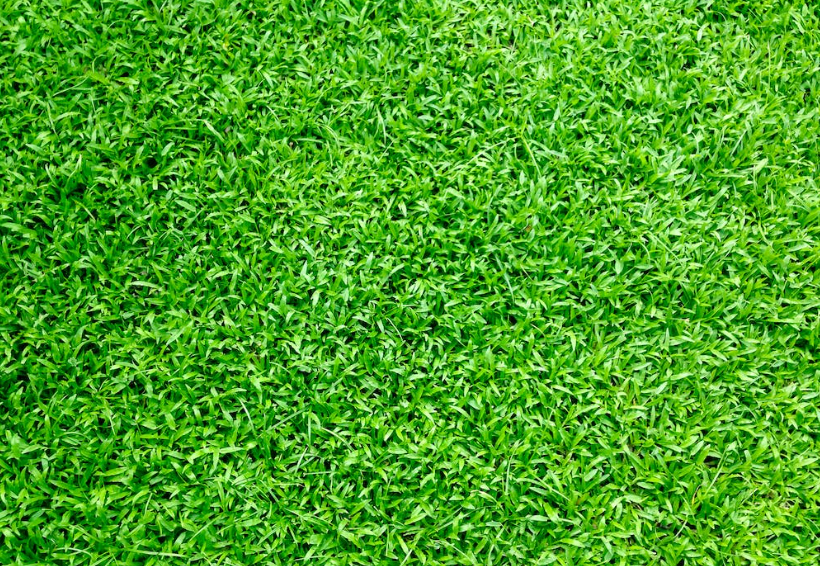
The Modern Urban Jungle
Cities worldwide are constantly expanding and evolving, with skyscrapers reaching new heights and roads extending further and wider. However, amidst all the steel and concrete, there’s a rising trend that’s painting the urban canvas green. Urban green spaces, from small community gardens to expansive parks, are not only enhancing the city’s aesthetic but are also delivering remarkable environmental benefits.
Breathing Easier with Green Spaces
Trees, shrubs, and even fake grass in Sydney work tirelessly to improve air quality. They act as natural air purifiers, capturing harmful pollutants, and releasing oxygen. A single tree can absorb as much as 48 pounds of carbon dioxide per year, proving that green spaces are vital in combating urban pollution.
Regulating Urban Temperatures
Urban areas tend to be hotter than their surrounding rural areas, a phenomenon known as the urban heat island effect. The concrete and asphalt absorb sunlight and re-radiate it as heat, making cities sweltering hotspots. Green spaces can mitigate this effect. Trees provide shade, while the natural and synthetic grassy areas reflect less heat, making surroundings cooler.
Managing Stormwater
Concrete and asphalt aren’t particularly good at absorbing rainwater. This leads to flooding and a faster flow of water into stormwater drains, carrying pollutants with it. Green spaces, on the other hand, act like sponges. They absorb rainwater, allowing it to be released slowly, reducing flood risks and improving water quality.
Promoting Biodiversity
Urban green spaces are sanctuaries for many species. Birds, insects, and even small mammals find homes in these patches of green amidst the urban sprawl. These habitats provide food, shelter, and breeding grounds, promoting biodiversity in an otherwise concrete jungle.
The Role of Green Spaces in Mental Well-being
It’s not just about the environment; it’s about people too. Numerous studies have shown that green spaces, whether natural or with synthetic grass, have therapeutic effects. People who spend time in green areas report lower levels of stress and anxiety. Walking on a lush green trail or simply sitting in a park can rejuvenate the mind and body.
Exploring Further Advantages
If you’re keen to delve deeper into the significance of green spaces and their multifaceted benefits, don’t hesitate to explore this detailed guide on urban greenery. From the intricate workings of green roofs to the rise of community gardens, the role of green spaces in modern cities is vast and varied.
Economic Impacts of Urban Green Spaces
While the environmental and health benefits of urban green spaces are well-documented, it’s worth highlighting their economic implications as well. Such spaces can contribute to a city’s economy in a multitude of ways. Firstly, they can increase property values in the surrounding areas, making real estate more lucrative. Moreover, parks and green spaces are tourism magnets, drawing both locals and visitors to spend their leisure time. This, in turn, boosts local businesses like cafes, shops, and recreational service providers. Additionally, green spaces often host events or markets, further stimulating economic activity. They also play a pivotal role in reducing municipal costs by mitigating the impacts of climate extremes, reducing the need for drainage infrastructures, and lowering health costs by promoting physical activity among citizens. All these factors, combined, make urban green spaces not just environmentally and mentally beneficial, but economically invaluable too.
Summary
As urbanisation continues to surge, the importance of integrating green spaces can’t be stressed enough. These areas, whether lush with natural foliage or adorned with fake greenery, play a pivotal role in shaping the health of the environment and its inhabitants. Cities worldwide should prioritise the establishment and maintenance of these green oases to ensure a brighter, greener future for all.